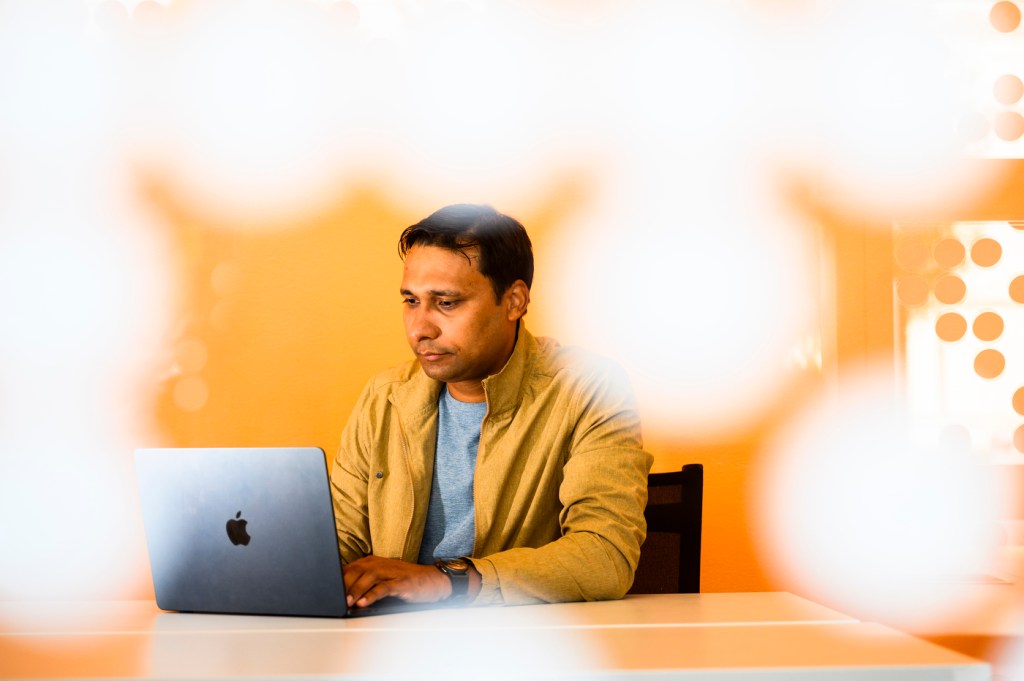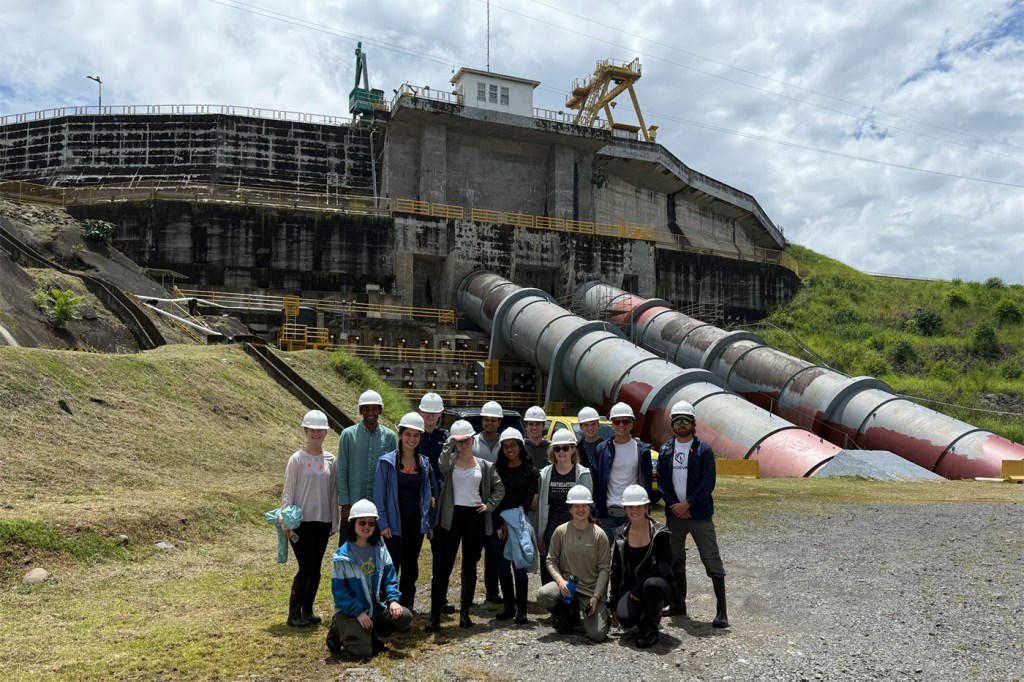Northeastern student helps build some of the world’s largest 3D printers at engineering co-op
Fernando Escobar was sent around the world to help customers set up their new large-scale 3D printers, making visits to various European countries and parts of the Middle East.
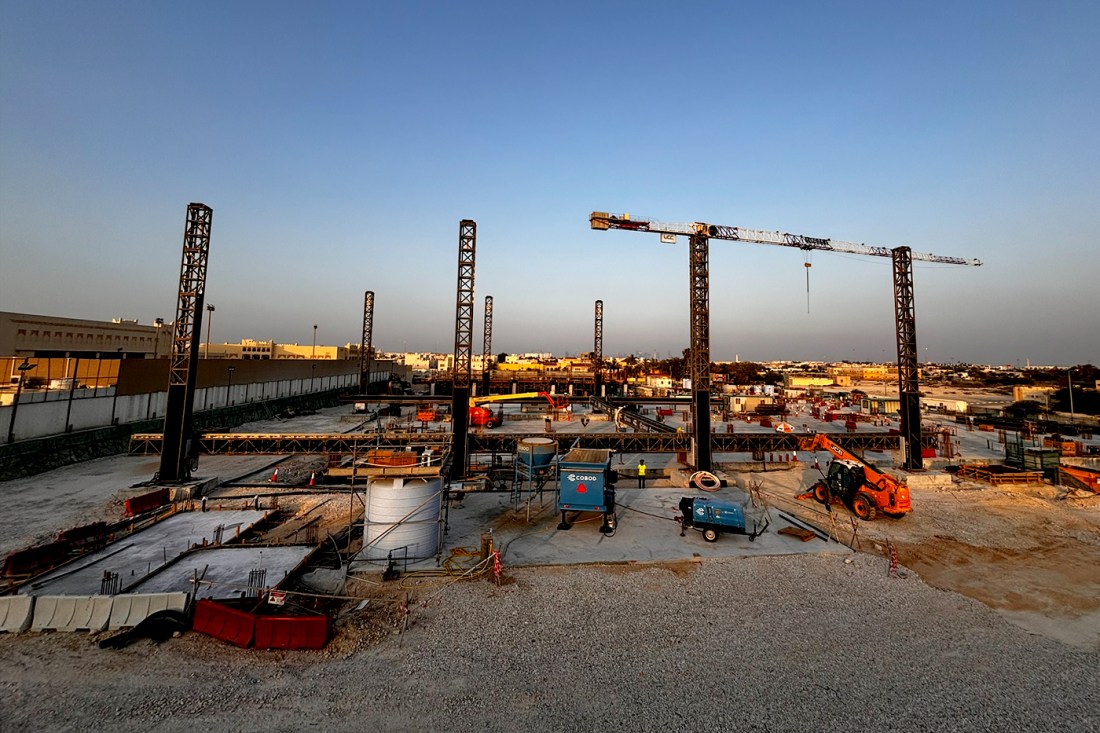
Fernando Escobar has had the chance to work with some cutting-edge technology in his three co-ops through Northeastern University.
For his first co-op at Vicarious Surgical Inc., he saw firsthand how surgical robots are helping reshape medical care. During his second at ACS Industries, he worked with a team of engineers to refine hydrogen for energy storage.
He just wrapped his third at COBOD International, a Denmark-based 3D construction printing company, and it may well have been his favorite.
In May, he was in Qatar helping assemble some of the largest 3D printers ever created, machines that will be used to build public schools.
Coming in at 50 meters long, 30 meters wide, and 15 meters high, the printers are roughly the size of a Boeing 737 hangar, according to UCC Holdings, the company that purchased the printers. They are undoubtedly some of, if not the biggest, in the world.
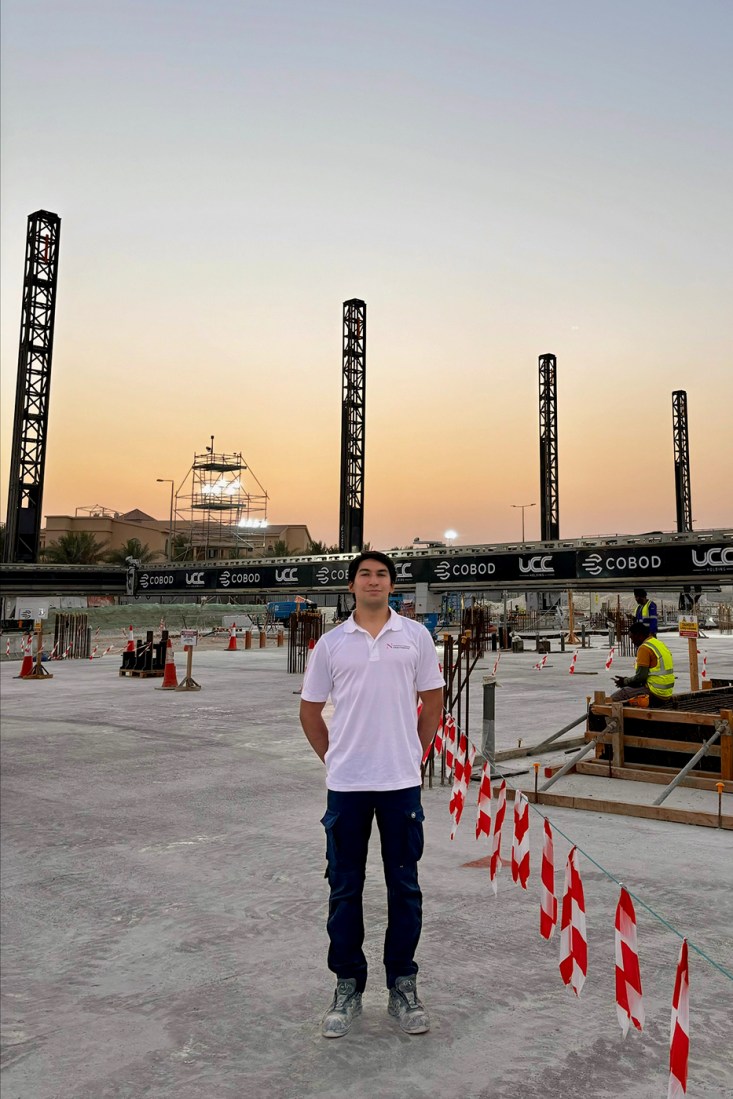
Escobar, a rising fifth-year student at Northeastern University majoring in mechanical engineering and history, served as a field engineering intern for COBOD.
From January to June, Escobar was sent around the world to help customers set up their new printers, making visits to various European countries and parts of the Middle East.
It was far from an easy job. COBOD’s printers come with several weeks of on-site training, assembly and calibration to ensure smooth implementation and optimal performance of the technology, Escobar says.
He spent two weeks at one customer’s site in Tenerife, a Spanish island off the coast of Morocco, helping set up the company’s most popular 3D printer, the BOD2. The customer planned to use the printer to build a house and condo unit building.
“The first week is about setting up the machine, putting everything in the right place and making sure the machine starts moving around,” says Escobar. “The second week is heavier on the materials side.”
The massive robotic gantry system features a modular design capable of adapting to fit a customer’s specific need and is capable of printing materials at a speed of up to 500 millimeters per second.
Escobar was right at home working with these large-scale machines. Growing up, he worked as a luxury car mechanic.
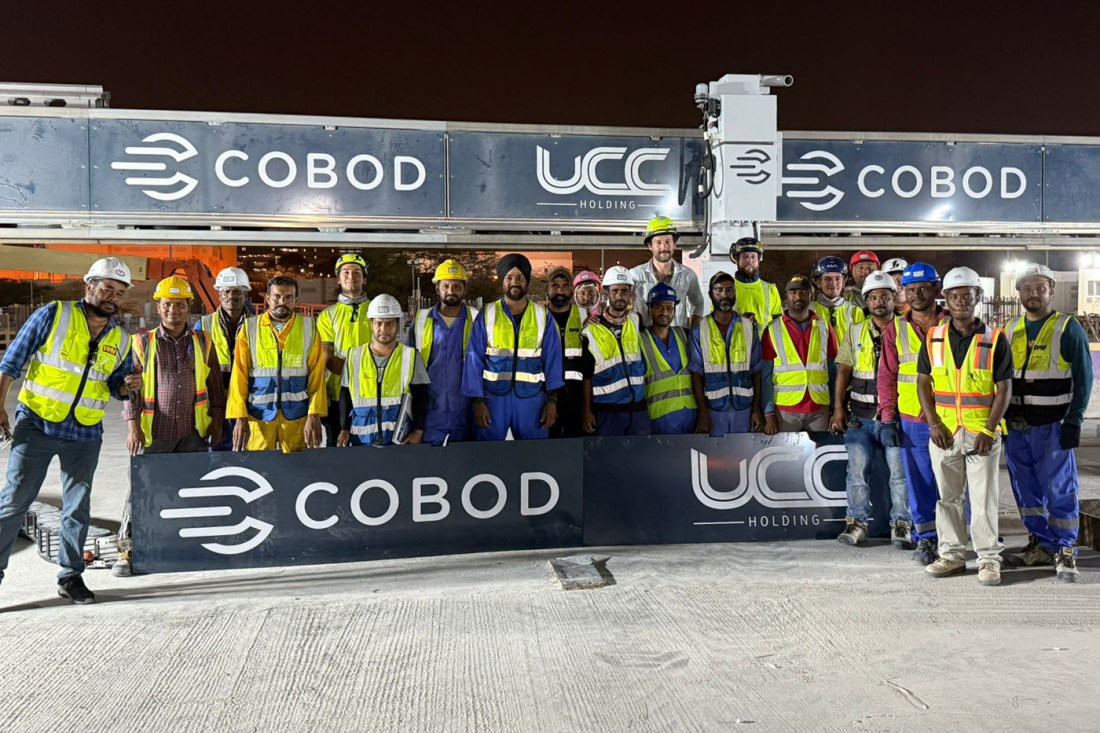
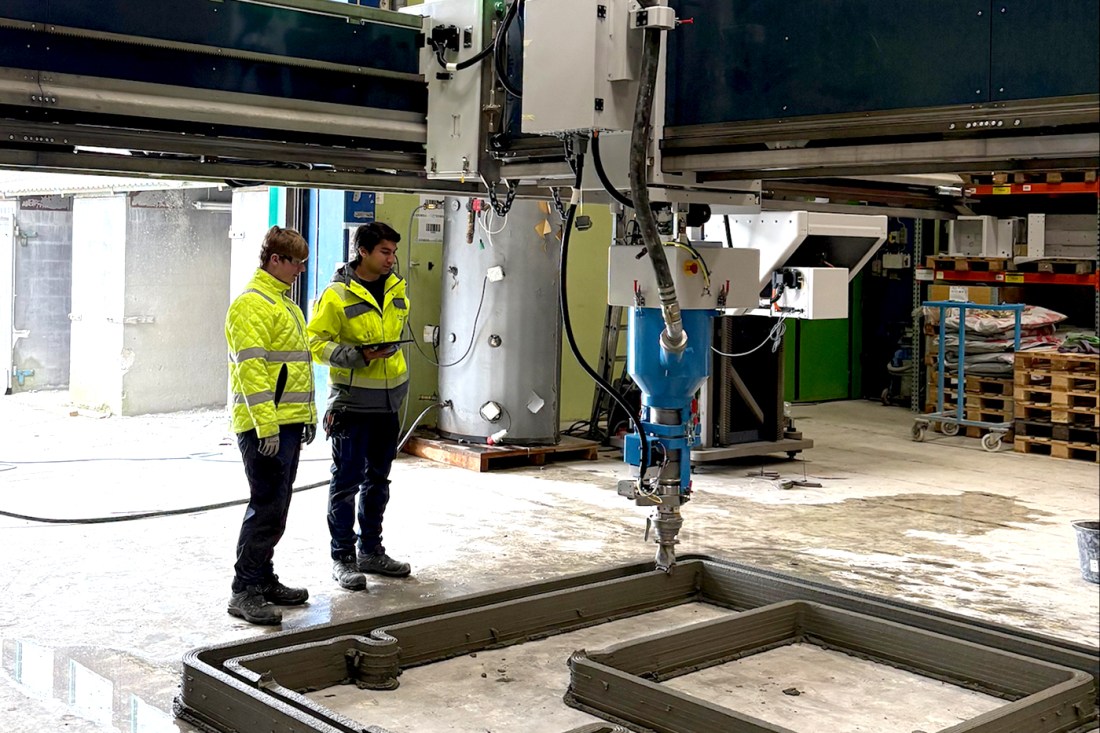
He also appreciated that he had already taken fluid mechanics with Northeastern professor Marguerite Matherne. It proved to be foundational for his work. In fact, he thinks all of his classes at Northeastern have helped him succeed in the role.
“I’m not actually doing calculus 3 every day at my job, but it certainly gives you context as to the physics behind why some decisions are made,” he says. “It gives you context and a framework to problem solve and understand how the world works in a different way than most people.”


